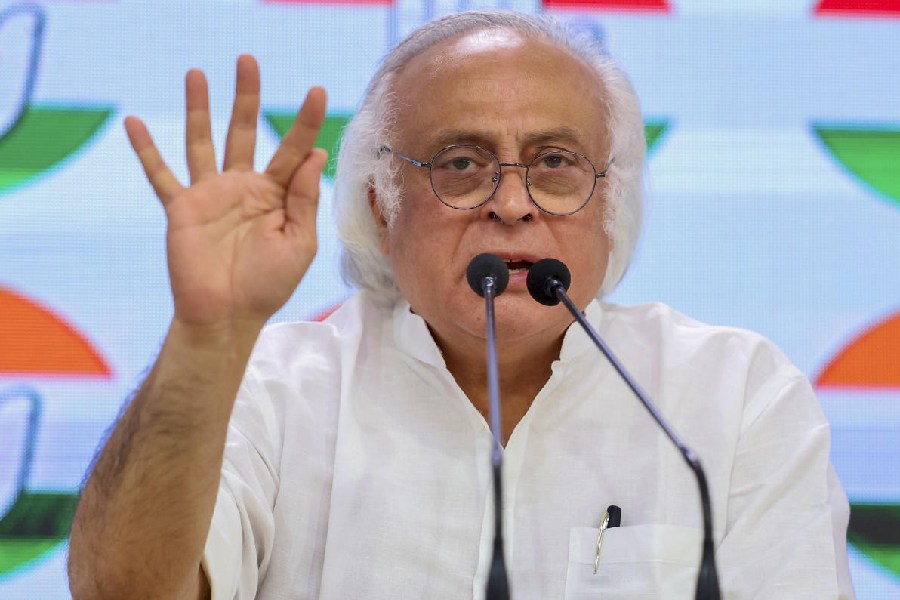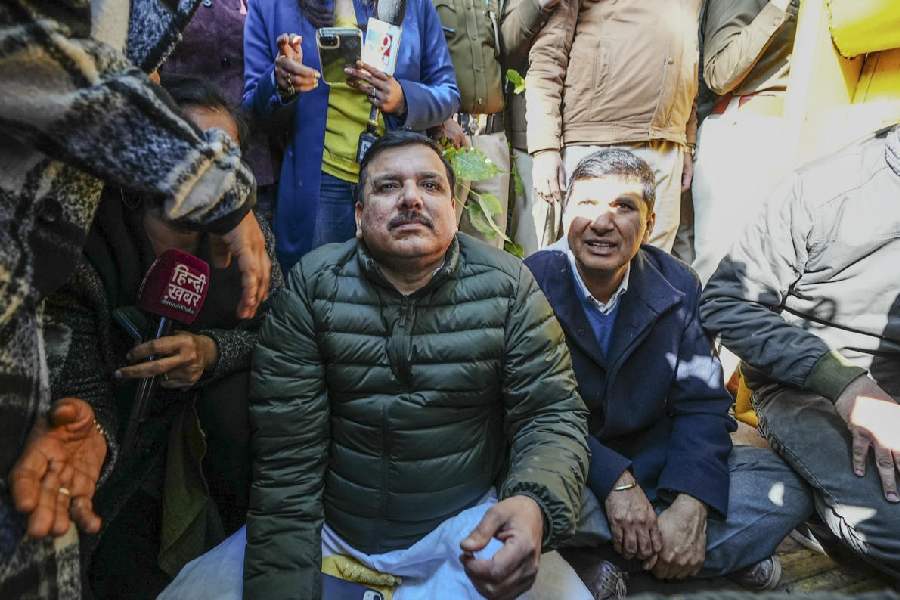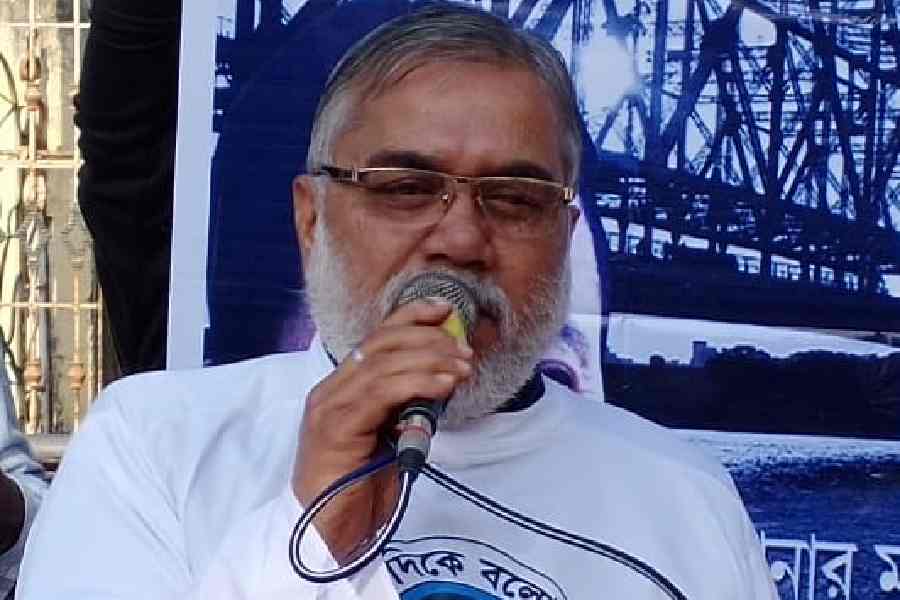NASA's Indian-origin astronaut Sunita Williams and her colleague Butch Wilmore have successfully docked Boeing's Starliner spacecraft to the International Space Station (ISS) after overcoming new issues that cropped up en route to the orbiting laboratory.
Williams, 58, flew to space for the third time on Wednesday along with Wilmore, scripting history as the first members aboard Boeing’s Starliner spacecraft to the ISS. Williams is the pilot for the flight test while Wilmore, 61, is the commander of the mission.
Boeing Starliner spacecraft successfully docked at the International Space Station at 1:34 pm on Thursday, about 26 hours after launching from Cape Canaveral Space Force Station, NASA said in a statement.
Williams shared her gratitude to the family and friends who have been with them during the lead-up to the launch.
“We have another family up here, which is just awesome,” Williams said. “And we’re just happy as can be to be up in space, one in Starliner on an Atlas V, and then here at the International Space Station. It just doesn’t get much better.” On the way to the ISS, the crew completed a series of tests including manually flying Starliner for the first time in space. The two Starliner astronauts, who are joining seven others currently living on the station, will assist with various tests and conduct scientific experiments while in space.
"It is both amazing and humbling to join the fleet of commercial spacecraft capable of conducting crewed transportation services to and from the space station for NASA. Our teams have done some great work to get us to this point," said Kay Sears, vice president and general manager of Space, Intelligence & Weapon Systems for Boeing Defence, Space & Security.
“The launch yesterday and docking today puts the Starliner on a path to certification to enabling continued exploration and science that benefits humanity,” said Jim Free, NASA Associate Administrator, during a news conference on Thursday.
“For Butch and Suni (Sunita), I want to thank them for the years they have spent to getting us to this point, the expertise they bring to their roles and their dedication to the task of advancing human spaceflight,” he added.
The two also completed a sleep period. Prior to crew sleep, mission teams identified three helium leaks in the spacecraft. One of these was previously discussed before flight along with a management plan, and the other two occurred when the spacecraft arrived in orbit. To monitor and manage these leaks, the three helium manifolds were closed in flight during the crew’s sleep period and were all reopened ahead of rendezvous and docking operations. After docking, all Starliner manifolds are closed per normal plans.
As Starliner began its approach to the space station, five reaction control system thrusters failed during flight. Mission teams performed a series of hot-fire tests which re-enabled four of the thrusters while the crew manually piloted the spacecraft at the station’s 200-meter hold point. After re-selecting four of the thrusters, Starliner had the fault tolerance required to approach the space station for docking. At the 10-meter hold point, the mission team completed system readiness evaluations and proceeded with docking.
After spending about a week in orbit, Wilmore and Williams will board the Starliner and return home.
The International Space Station Programme brings together international flight crews, multiple launch vehicles, globally distributed launch and flight operations, training, engineering, communications networks, and the international scientific research community.
As part of NASA's Commercial Crew Programme, the mission is the first crewed flight for the Starliner spacecraft.
This mission is a critical venture for manufacturer Boeing, which has been under pressure after a series of safety incidents on its aeroplanes.
Starliner, likewise, has encountered numerous technical issues that have delayed its planned crewed debut by almost a decade.
The most dramatic of these problems occurred on the capsule's first uncrewed test flight in 2019 when software errors forced the vehicle to abort its trip to the ISS. NASA requested a second dummy run be conducted in 2022 to be sure the errors had been corrected.
Starliner was developed in response to NASA's request for commercial options to get its astronauts into space.
Following the retirement of the famous shuttles in 2011, the agency wanted to move away from owning and operating vehicles to an arrangement where it could simply purchase the service - just like a company might outsource its IT needs or payroll.
The new approach was designed to save NASA money it could then spend on ambitious plans to return people to the Moon.
The agency gave contracts to Boeing and SpaceX to help bring their capsules into service and then pay them for six operational missions. Whereas SpaceX was able to fly its crew flight test in 2020 and then complete six operational missions by March of this year, Boeing is still at the stage of the initial crew flight test.
Except for the headline, this story has not been edited by The Telegraph Online staff and has been published from a syndicated feed.











